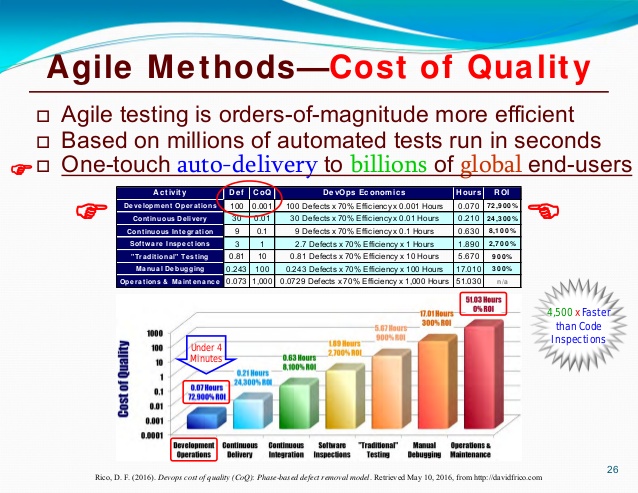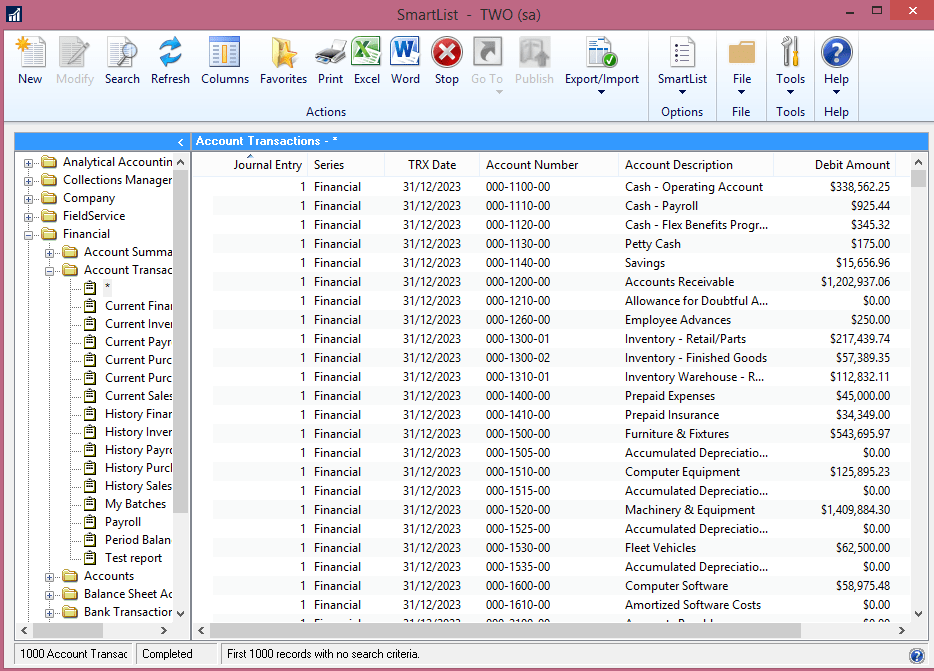Content

The fact that a federal reporting entity may not have leasing authority from a legal perspective does not preclude a contract/agreement from being considered a lease for proprietary accounting recognition purposes. In a fiduciary activity, the government collects or receives and subsequently manages, protects, accounts for, invests, and disposes of cash or other assets in which non-federal individuals or federal entities have an ownership interest that the government must uphold. Non-federal individuals and federal entities must have an ownership interest in the cash or other assets held by the government under provision of loan, regulation, or other fiduciary arrangement. The ownership interest must be enforceable against the government, and judicial remedies must be available for the breach of the government’s fiduciary obligation.

They should also consider both the direct impact and the indirect impact of the sanctions. For a discussion of the impact of the war on debt classification, see the Classification of Current and Noncurrent Financial Liabilities section. Further, entities struggling to obtain certain products that are inputs to finished goods may consider adjusting their manufacturing processes to use different inputs or produce the products differently. Entities should also consider whether the need to use alternate raw materials or processes affects the warranties offered and the accounting for those warranties. Changes in the https://business-accounting.net/ terms and conditions of warranties, the expected life of products, or expected warranty claims may differ by product type, and such differences, combined with increased material and labor costs, could affect the related warranty accounting. In developing forecasts and assessing the related accounting implications, an entity should consider whether the effects of the uncertainties are short-term or long-term and how that determination will affect various accounting estimates. It should also ensure that the forecasts used in business planning are consistent with those used in developing accounting estimates.
Test Your Knowledge about the Electric Vehicle Tax Credit
This period is known as the “subsequent period” and is considered to extend to the date of the auditor’s report. Its duration will depend upon the practical requirements of each audit and may vary from a relatively short period to one of several months. Also, all auditing procedures are not carried out at the same time and some phases of an audit will be performed during the subsequent Now or Later? When to Report Subsequent Events period, whereas other phases will be substantially completed on or before the balance-sheet date. As an audit approaches completion, the auditor will be concentrating on the unresolved auditing and reporting matters and he is not expected to be conducting a continuing review of those matters to which he has previously applied auditing procedures and reached satisfaction.
International accounting standards require public sector organizations to evaluate information that becomes available after the balance sheet date but before the issuance of the financial statements . This regulation, which is applicable to Swedish municipalities, is harmonized in this respect and aligns with international standards. The Municipal Bookkeeping and Accounting Act states that the annual report must provide future-oriented information about so-called subsequent events, risks and uncertainties. Sections 2–4 in Chapter 11 of the Act state that, if there have been events of material importance after the end of the financial year (i.e. subsequent events) that are not reflected in the balance sheet or income statement, then the municipality must provide information about these events.
COVID-19 Pandemic Disclosure Information
Additionally, each significant entity must designate a Point of Contact to assist with financial reporting. Fiscal Service will send a data call to the 40 significant entities, and select other entities, requesting that the CFO of each federal entity designate the certifying officials and POCs for various required year-end functions. The CFO certifications and Financial Reporting Contacts POC forms list each designee from the data call and must be signed by the federal entity’s CFO. One type requires the financial statements to be adjusted for the specific time the audited report is for and another type of event occurs after the date of the financial statements and before the release of the auditor’s report and needs to be disclosed.
- It is clear that the financial and economic dislocations from COVID-19 have affected different parts of the world at different times, and that these impacts have affected certain industries more severely than others.
- Directors of reporting companies should remain mindful that the SEC is of the view that Item 407 of Regulation S-K and Item 7 of Schedule 14A require disclosure of a board’s role in risk oversight.
- Therefore, a fair value measurement must be determined on the basis of the assumptions that market participants would use in pricing an asset or liability, whether those assumptions are observable or unobservable.
- The financial statements should be adjusted for any changes in estimates resulting from the use of such evidence.
A company that previously presented impairment charges on its intangible assets within selling, general, and administrative expense decides in the current reporting period to separately present the impairment charges within the statement of operations. In this scenario, the revision to break out impairment changes on intangible assets to its own line on the statement of operations would be a change in presentation from one acceptable method to another acceptable method, and it would be appropriate to disclose this change as a reclassification. “Big R Restatement” – An error is corrected through a “Big R restatement” (also referred to as re-issuance restatements) when the error is material to the prior period financial statements. A Big R restatement requires the entity to restate and reissue its previously issued financial statements to reflect the correction of the error in those financial statements.

